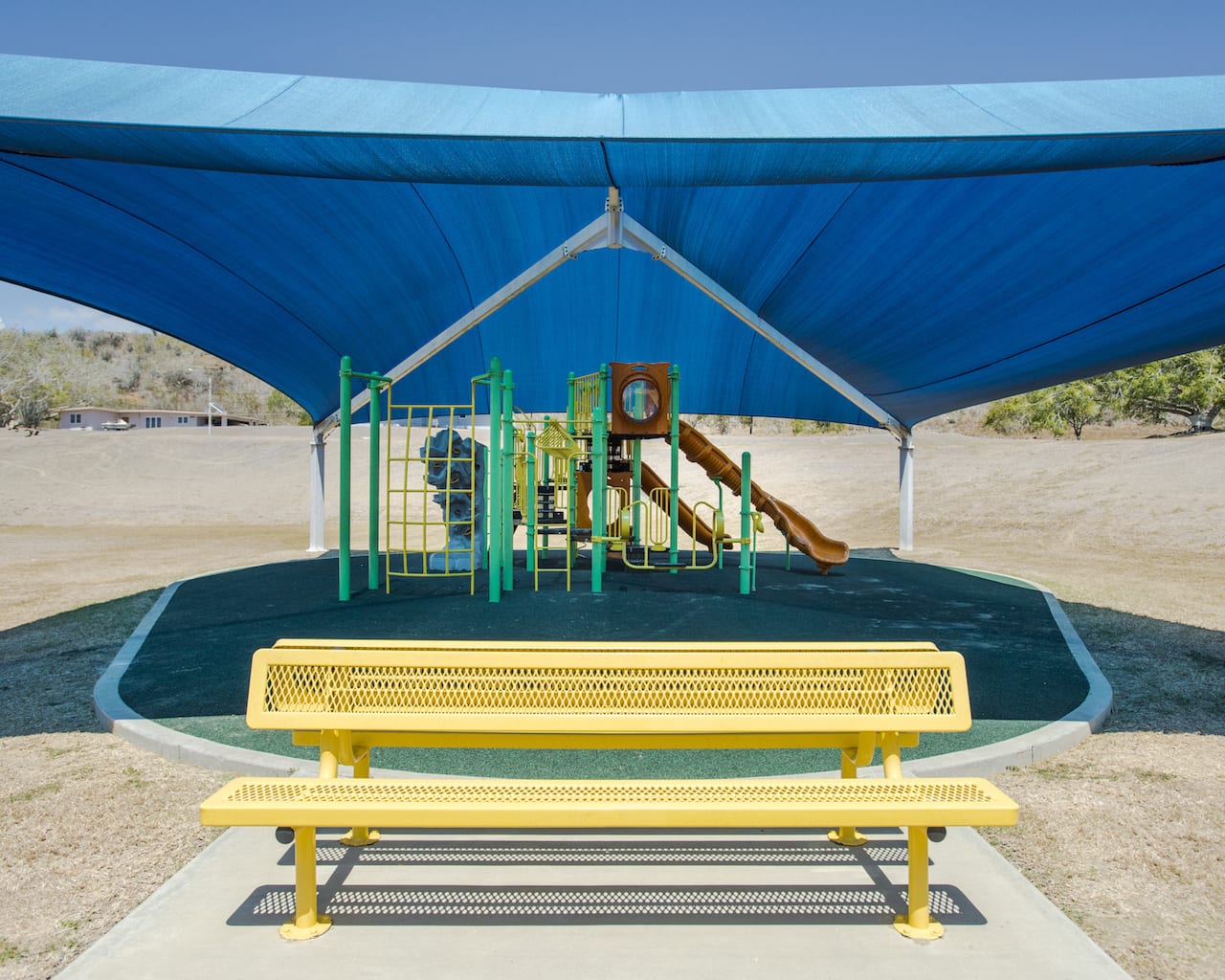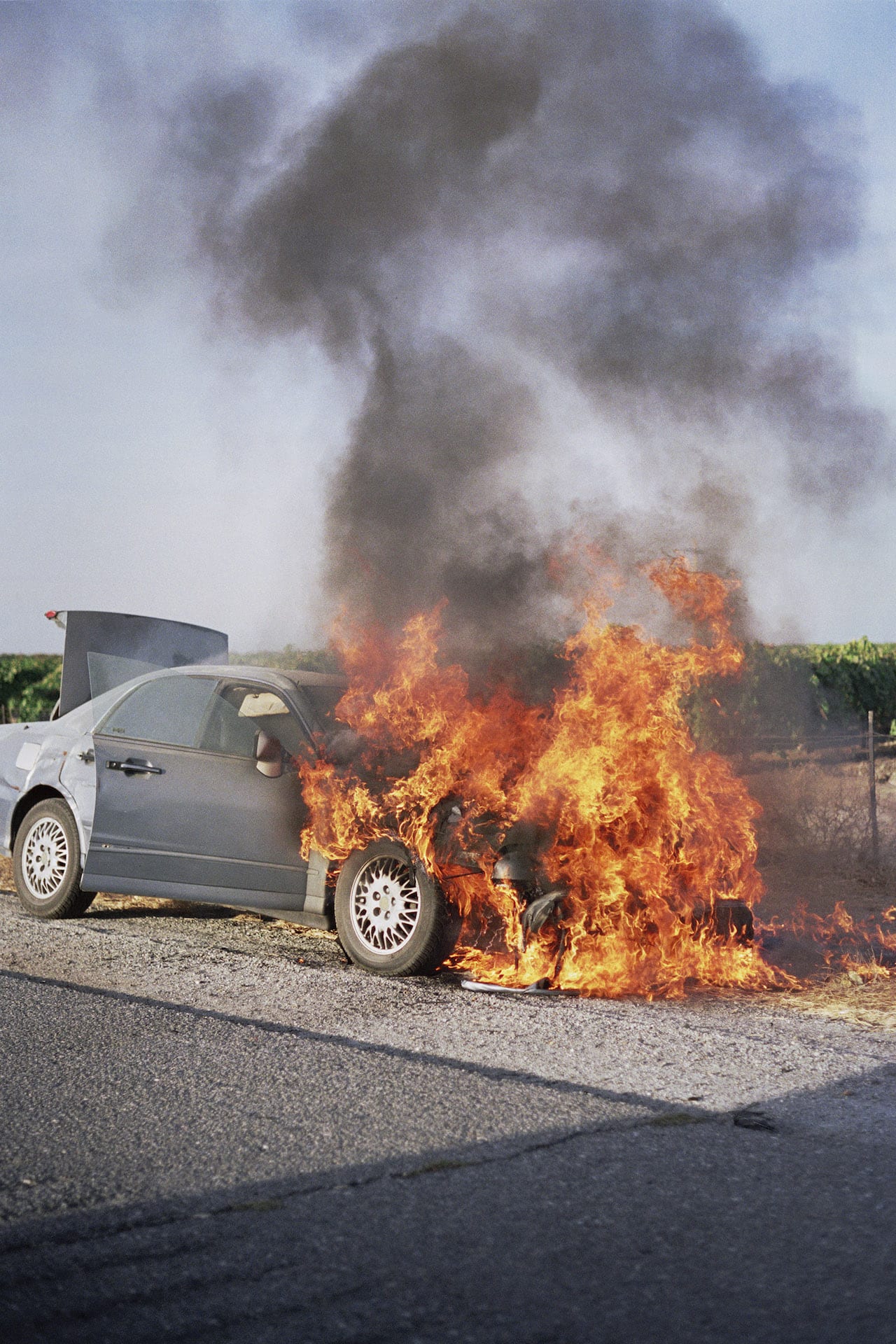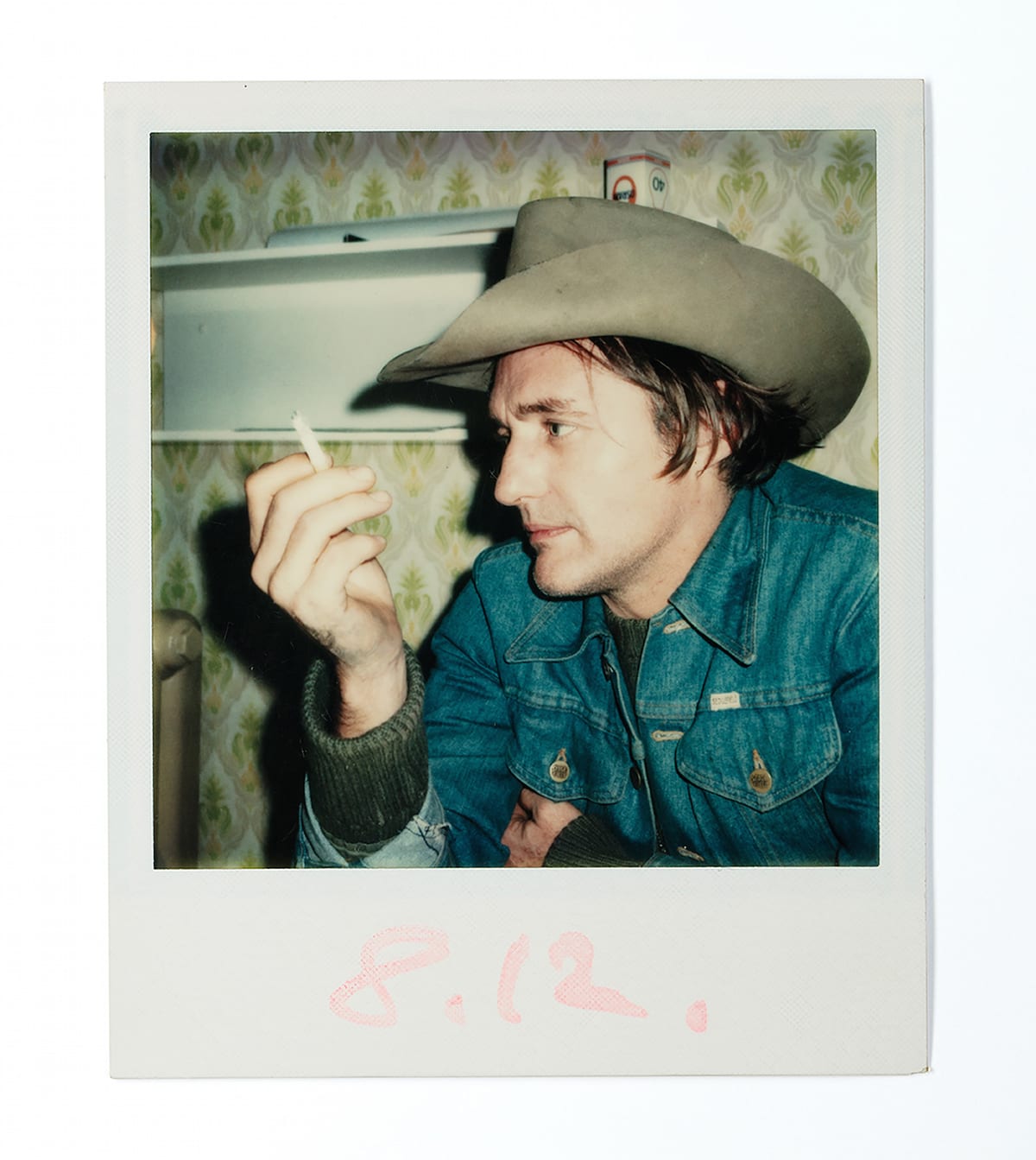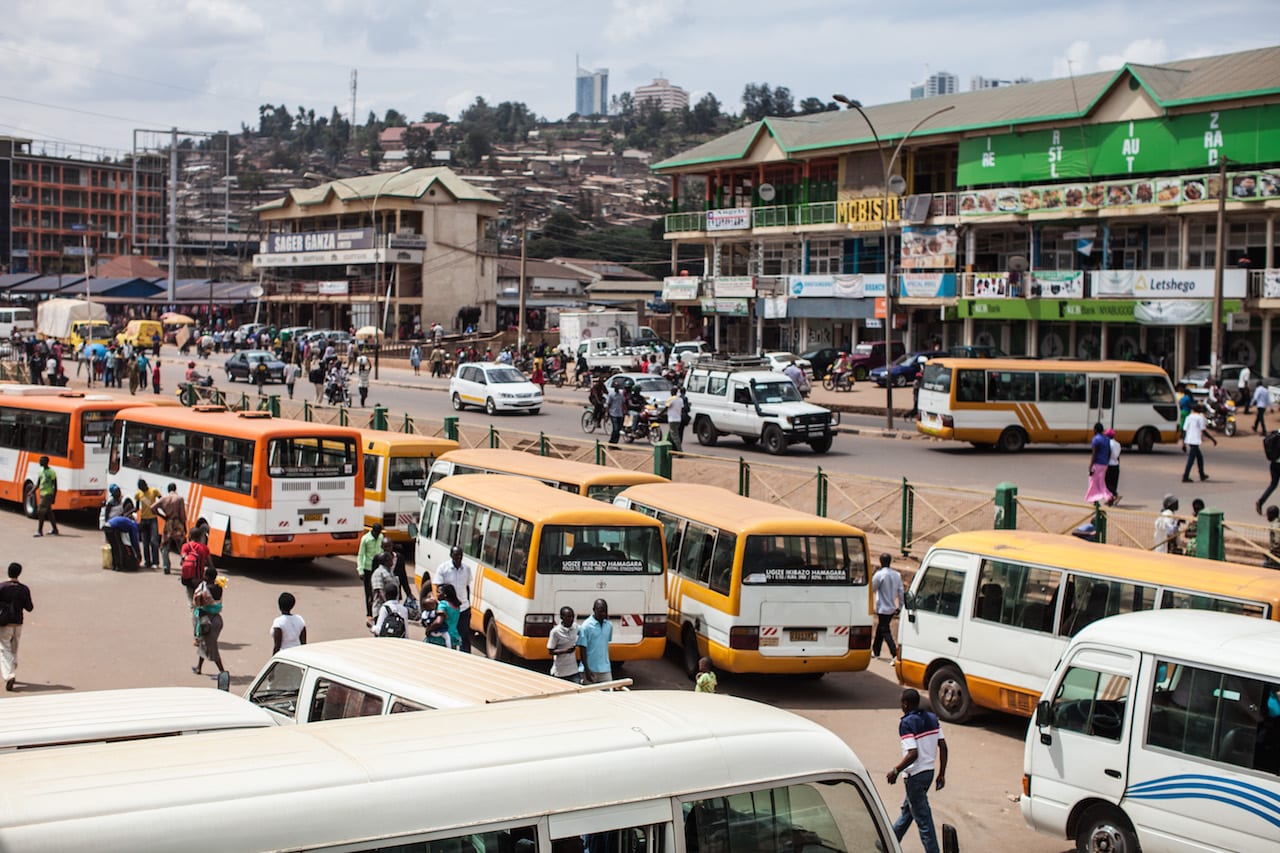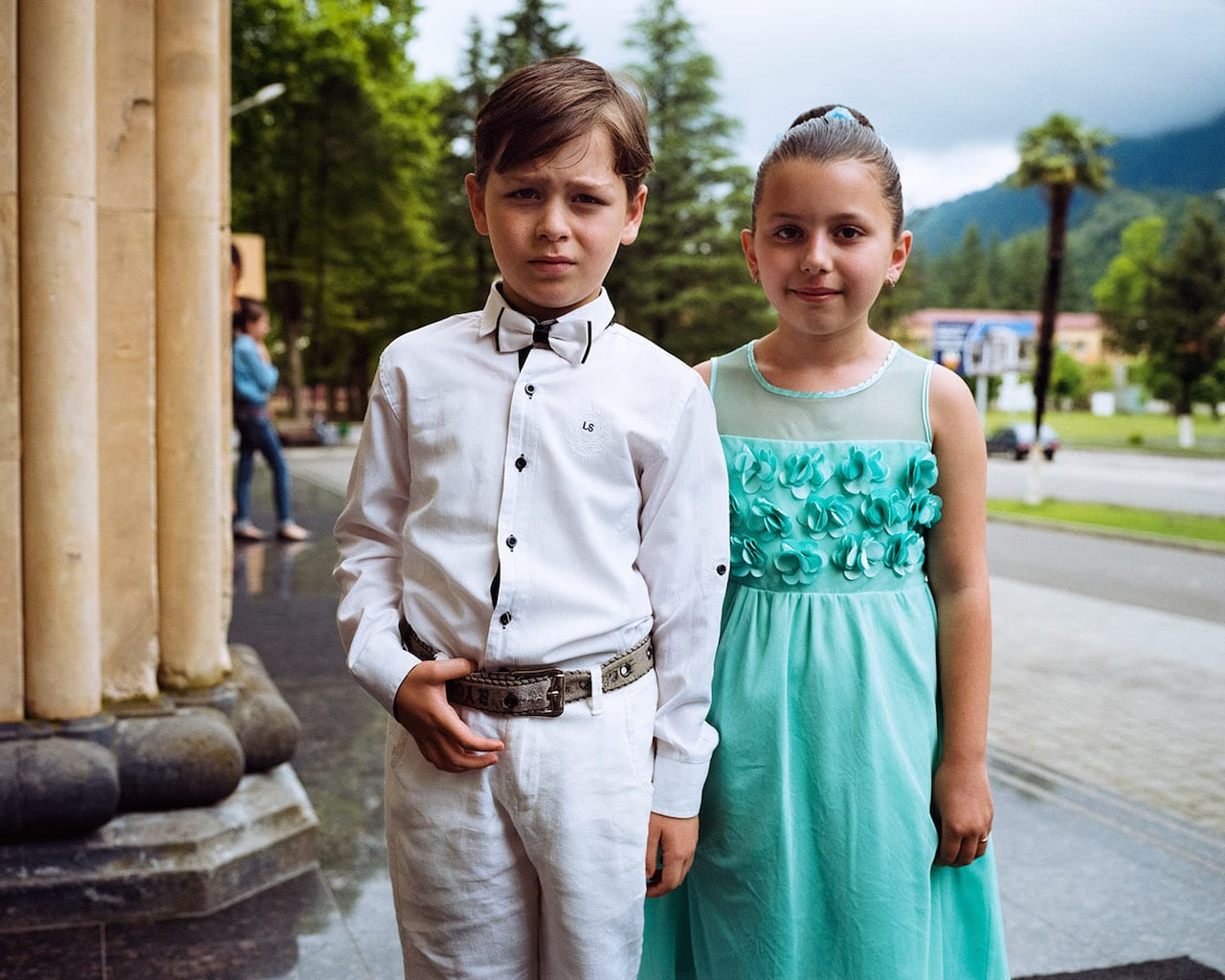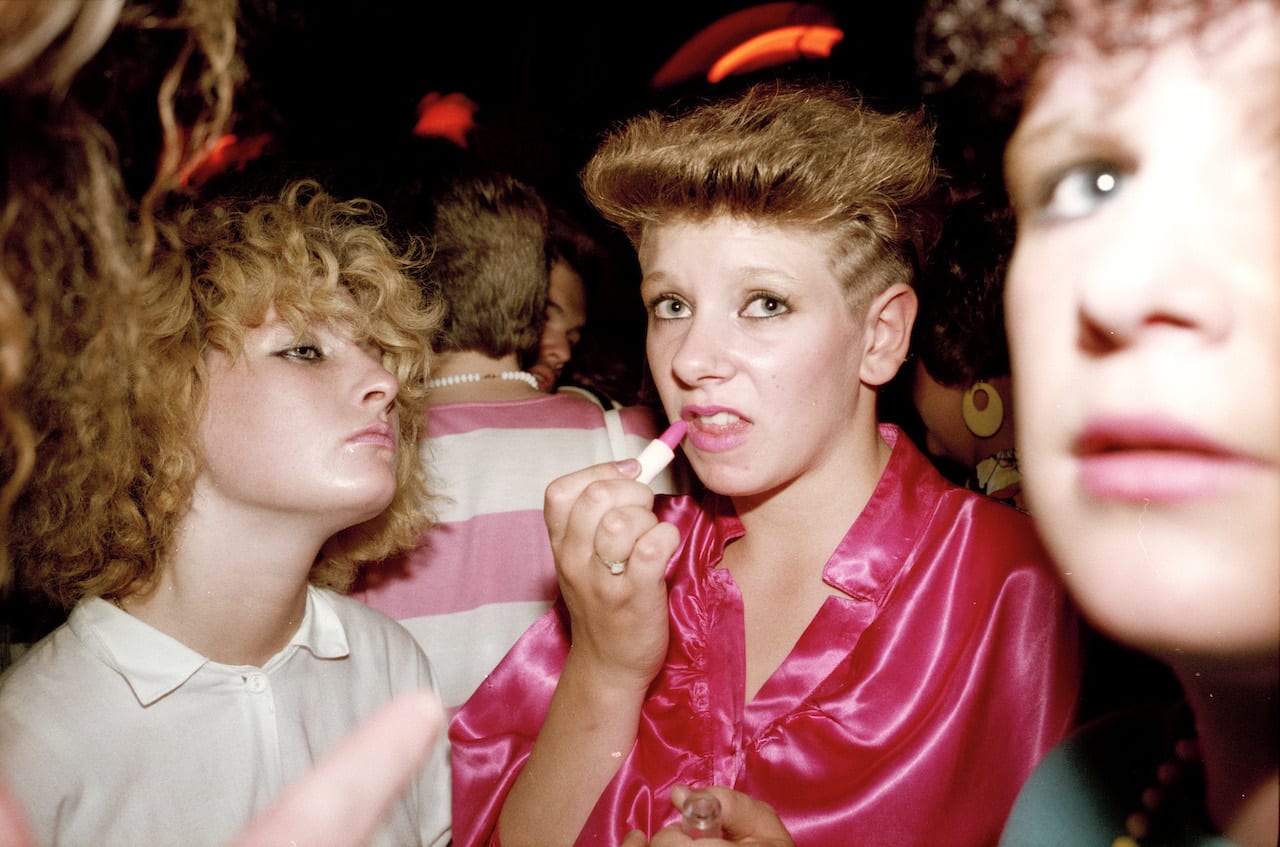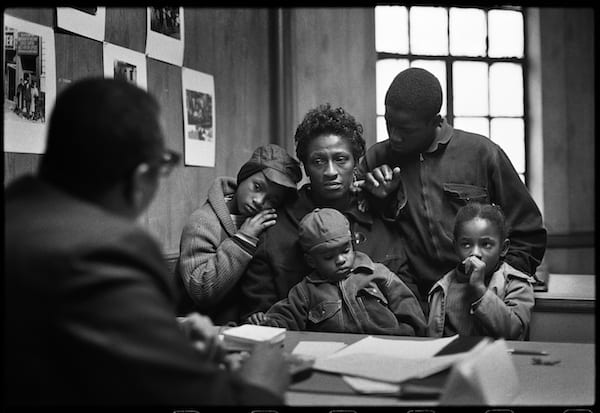Founded in 2006 by photographer and curator Olga Korsunova, art-manager and photography critic Nadya Sheremetova, and art historian Elena Zyrianova, FotoDepartament is a gallery, bookshop, library and education hub in St. Petersburg, Russia. Aiming to promote and develop contemporary Russian photography at home and abroad, FotoDepartament runs many events, exhibitions and workshops, and represents internationally-recognised artists such as Kirill Savchenkov, Irina Yulieva, and Jana Romanova. FotoDepartament is also currently running several digital projects. Now it’s started a publishing project called Amplitude, creating photobooks of emerging Russian photographers’ work which can be read individually, or gathered together into groups. Amplitude No.1 includes photobooks by Alexey Bogolepov, Margo Ovcharenko, Irina Zadorozhnaia, Anastasia Tsayder, Igor Samolet, Yury Gudkov, Olya Ivanova, Irina Ivannikova, Anastasia Tailakova, and Irina Yulieva. BJP caught up with Nadya Sheremetova to find out more


